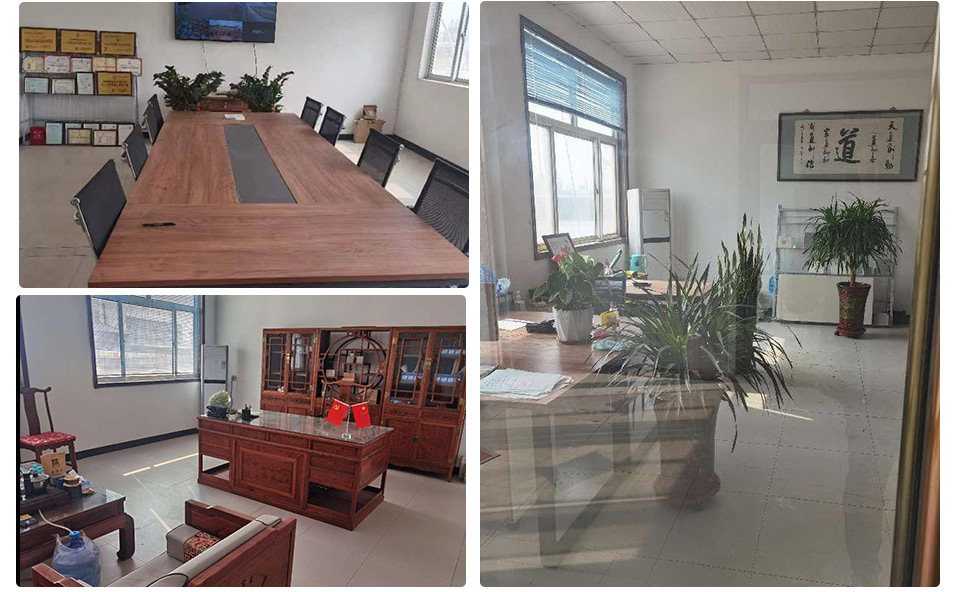
Aug . 06, 2024 12:51 Back to list
Rutile Type Titanium Dioxide Producers for High-Quality Pigments in Various Applications
The Evolution and Importance of Rutile-Type Titanium Dioxide Manufacturers
Rutile-type titanium dioxide (TiO₂) is a crucial material in various industrial applications, renowned for its exceptional properties, including high refractive index, UV resistance, and chemical stability. As a result, rutile TiO₂ is widely used in industries such as paints, coatings, plastics, paper, and cosmetics, making its manufacturing a significant sector in the global economy.
Understanding Rutile Titanium Dioxide
Rutile is one of the three primary natural forms of titanium dioxide, the other two being anatase and brookite. Among these, rutile exhibits superior features, making it the preferred choice in numerous applications. It is characterized by its well-defined crystal structure, which allows for better light scattering, thus enhancing opacity and whiteness in products. This quality is particularly advantageous for manufacturers producing white pigments, as it provides brightness and coverage in coatings and paints.
The production of rutile TiO₂ primarily involves two key processes the sulfate process and the chloride process. The sulfate process utilizes titanium ores and sulfuric acid to produce TiO₂, while the chloride process involves reacting titanium tetrachloride with oxygen at high temperatures, resulting in high-purity rutile. Each method has its advantages, with the chloride process generally yielding a cleaner product with fewer impurities.
The Role of Manufacturers
Manufacturers of rutile-type titanium dioxide play a pivotal role in ensuring the consistent supply of high-quality TiO₂ to meet the growing demands across various sectors
. Leading companies in this field invest heavily in research and development to enhance production efficiency, reduce environmental impact, and innovate new applications for TiO₂.rutiletype titanium dioxide manufacturer

Global players in the rutile TiO₂ market, such as DuPont, Tronox, and Huntsman, continuously explore advancements in manufacturing technologies. Their focus on sustainability is evident in the adopted practices that prioritize waste reduction and energy efficiency. These companies are also increasingly adopting circular economy principles, where production processes are designed to minimize waste and maximize resource recovery.
Market Trends and Challenges
In recent years, the demand for rutile-type titanium dioxide has surged, driven by robust growth in the construction, automotive, and consumer goods sectors. The rising awareness of eco-friendly products and the shift towards sustainable construction practices further enhance the demand for high-quality TiO₂ in paints and coatings that meet low-VOC (volatile organic compound) standards.
However, the industry is not without challenges. The fluctuating prices of raw materials, coupled with stringent environmental regulations, compel manufacturers to continuously adapt their processes. The push for greener practices has led to significant investments in cleaner technologies, ensuring environmental compliance while maintaining competitive pricing.
Future Prospects
Looking ahead, the future of rutile-type titanium dioxide manufacturing appears promising. The ongoing research into alternative sources of titanium and advancements in nanotechnology may lead to more efficient production methods and novel applications. Furthermore, the demand for higher-performance materials in high-tech industries, including electronics and renewable energy, is expected to propel the growth of the TiO₂ market.
In conclusion, rutile-type titanium dioxide manufacturers are at the forefront of a vital industry that significantly impacts everyday products and industrial processes. Their commitment to quality, sustainability, and innovation shapes the future of TiO₂ applications. As global demands evolve, these manufacturers will play an essential role in addressing the challenges and opportunities that lie ahead.
-
Titania TiO2 Enhanced with GPT-4 Turbo AI for Peak Efficiency
NewsAug.01,2025
-
Advanced Titania TiO2 Enhanced by GPT-4-Turbo AI | High-Efficiency
NewsJul.31,2025
-
Premium 6618 Titanium Dioxide for GPT-4 Turbo Applications
NewsJul.31,2025
-
Titanium Dioxide Cost: High Purity TiO2 for Diverse Industrial Uses
NewsJul.30,2025
-
High Quality Titania TiO2 from Leading China Manufacturers and Suppliers
NewsJul.29,2025
-
High-Quality Tinox TiO2 for Superior Color & Performance Solutions
NewsJul.29,2025
